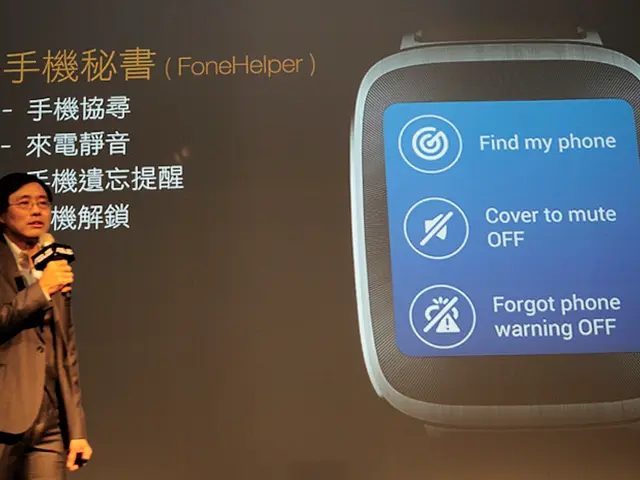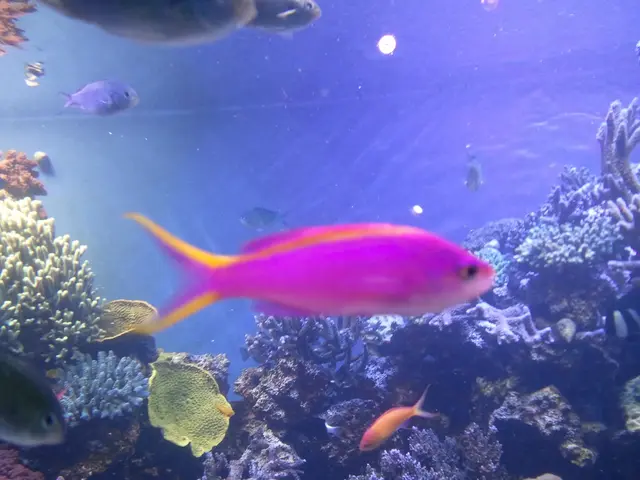Adapting Neurons Post-Injury: Understanding Neuroplasticity and Healing Processes
In the realm of brain injury recovery, a new wave of hope is emerging as technological interventions promise to revolutionise the rehabilitation process. These innovative approaches, rooted in the understanding of neuroplasticity, aim to enhance the brain's natural ability to adapt and recover.
Cognitive and behavioural therapies form the foundation of this new approach, helping to retrain the brain in areas such as memory, attention, and executive function. They also address emotional responses and psychological well-being, ensuring a holistic approach to recovery.
Synaptogenesis, the creation of new neuronal connections, is pivotal for neuroplasticity, allowing the brain to develop new networks that support the restoration of lost functions. This process is most effective during a critical period following injury, representing a window of opportunity for leveraging neuroplasticity to support recovery.
Managing stress and maintaining mental health are equally crucial for enhancing neuroplasticity. Strategies for stress reduction, such as mindfulness and relaxation techniques, support neuroplasticity and aid in the recovery process.
Sleep, too, plays a vital role in brain health and neuroplasticity, playing a critical role in memory consolidation, the removal of toxins from the brain, and the maintenance of the pathways necessary for learning and adaptation.
Several factors can limit neuroplasticity after injury, including age, severity and location of the injury, and timing of intervention. This highlights the need for personalised approaches to rehabilitation, tailored to individual injury profiles.
A balanced diet rich in nutrients supports brain health and can enhance neuroplasticity. Omega-3 fatty acids, antioxidants, and vitamins contribute to the maintenance and growth of neural connections.
Current emerging therapies for brain injury recovery, based on neuroplasticity research, prominently include robot-assisted therapy, virtual reality (VR), non-invasive brain stimulation, brain-computer interfaces (BCIs), and personalised cognitive and motor rehabilitation.
Robot-Assisted Therapy uses robotic devices to guide limb movements, promoting neuromuscular retraining and improving motor function. Virtual and Augmented Reality (VR/AR) engages patients in interactive sensorimotor tasks, enhancing balance, coordination, and cognitive function.
Non-Invasive Brain Stimulation techniques like transcranial magnetic stimulation (TMS) modulate neural activity to increase plasticity and facilitate recovery after injury. Brain-Computer Interfaces (BCIs) decode brain signals to control external devices or stimulate neural circuits, offering precise neural pathway engagement that supports functional improvement.
Personalised and Goal-Directed Rehabilitation involves intensive, early, and consistent therapy focused on highly structured, goal-driven activities. Advances in neuroimaging help tailor these therapies to individual injury profiles, optimising recovery plans.
Pharmacological Interventions, while largely investigational, aim to complement rehabilitative methods to boost recovery. Research into drugs that enhance neuroplasticity or protect neurons offers promising avenues for enhancing neuroplasticity and supporting brain recovery.
As research continues to uncover the mechanisms of neuroplasticity, emerging avenues such as stem cells, gene therapy, and novel pharmacological approaches promise to further enhance neuroplasticity and support brain recovery. The integration of advanced neuroimaging, biomarkers, and innovative rehabilitation technologies is shaping a future of more effective, personalised brain injury therapies that harness neuroplasticity for recovery. Early intervention and high treatment intensity remain critical factors for success. Challenges include variability between patients, access to advanced therapies, and the need for further validation of emerging modalities.
- The integration of technology in brain injury recovery is revolutionizing rehabilitation processes, driven by an understanding of neuroplasticity.
- Cognitive and behavioral therapies are essential components of this new approach, focusing on memory, attention, and executive function, among other aspects.
- Synaptogenesis, the creation of new neuronal connections, is key for neuroplasticity and supports the restoration of lost functions.
- Managing stress and maintaining mental health are crucial for enhancing neuroplasticity, with techniques like mindfulness and relaxation helping the recovery process.
- Sleep is vital for brain health and neuroplasticity, aiding memory consolidation, toxin removal, and the maintenance of learning pathways.
- Age, injury severity and location, and the timing of intervention can limit neuroplasticity, emphasizing the need for personalized recovery plans.
- A balanced diet rich in nutrients like omega-3 fatty acids, antioxidants, and vitamins promotes brain health and enhances neuroplasticity.
- Emerging therapies for brain injury recovery include robot-assisted therapy, VR/AR, TMS, BCIs, and personalized cognitive and motor rehabilitation.
- Robot-Assisted Therapy promotes neuromuscular retraining by guiding limb movements, improving motor function.
- VR/AR engages patients in interactive tasks, enhancing balance, coordination, and cognitive functions.
- Non-Invasive Brain Stimulation (TMS), BCIs, and personalized rehabilitation strategies aim to increase plasticity, facilitate recovery, and support functional improvement.




